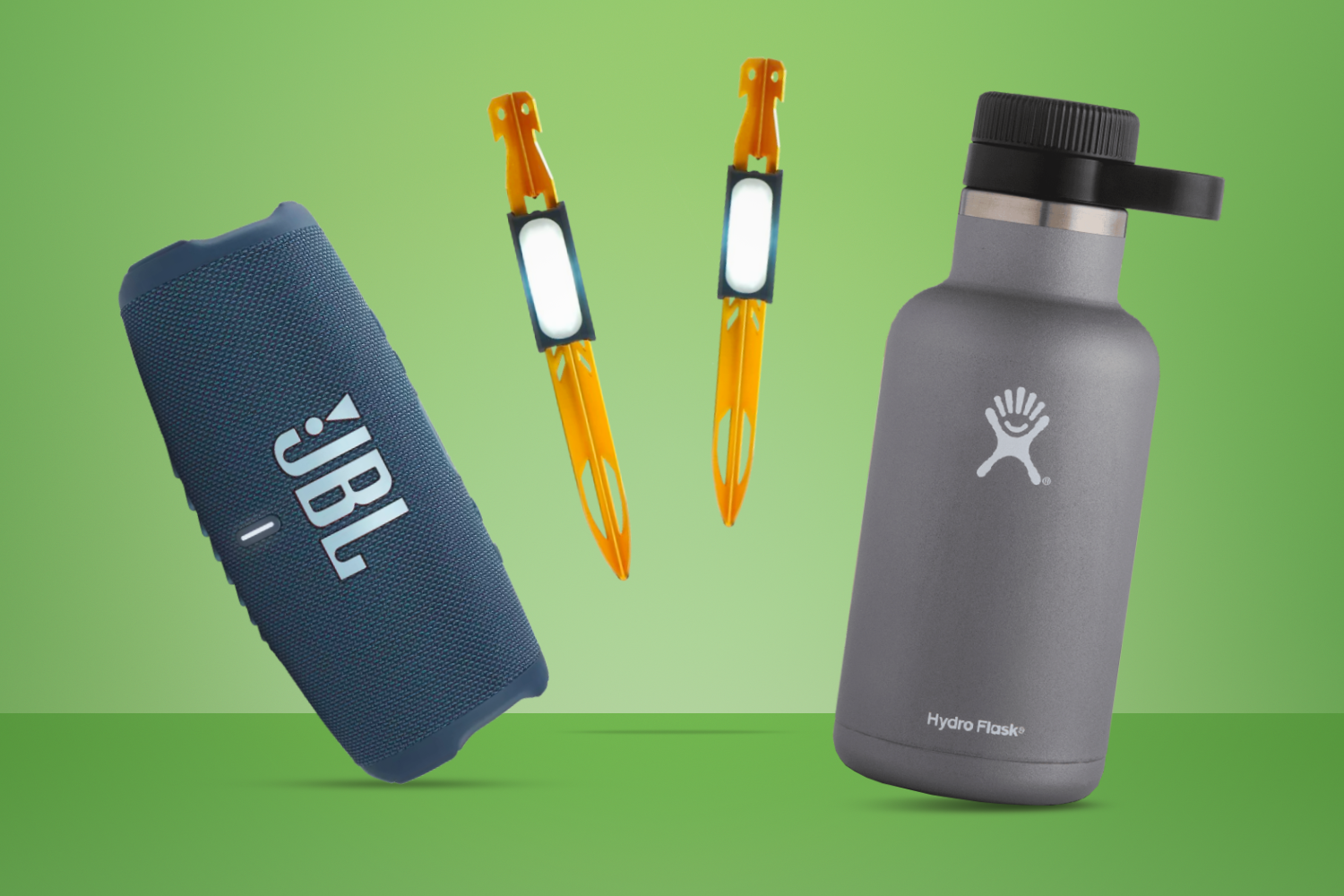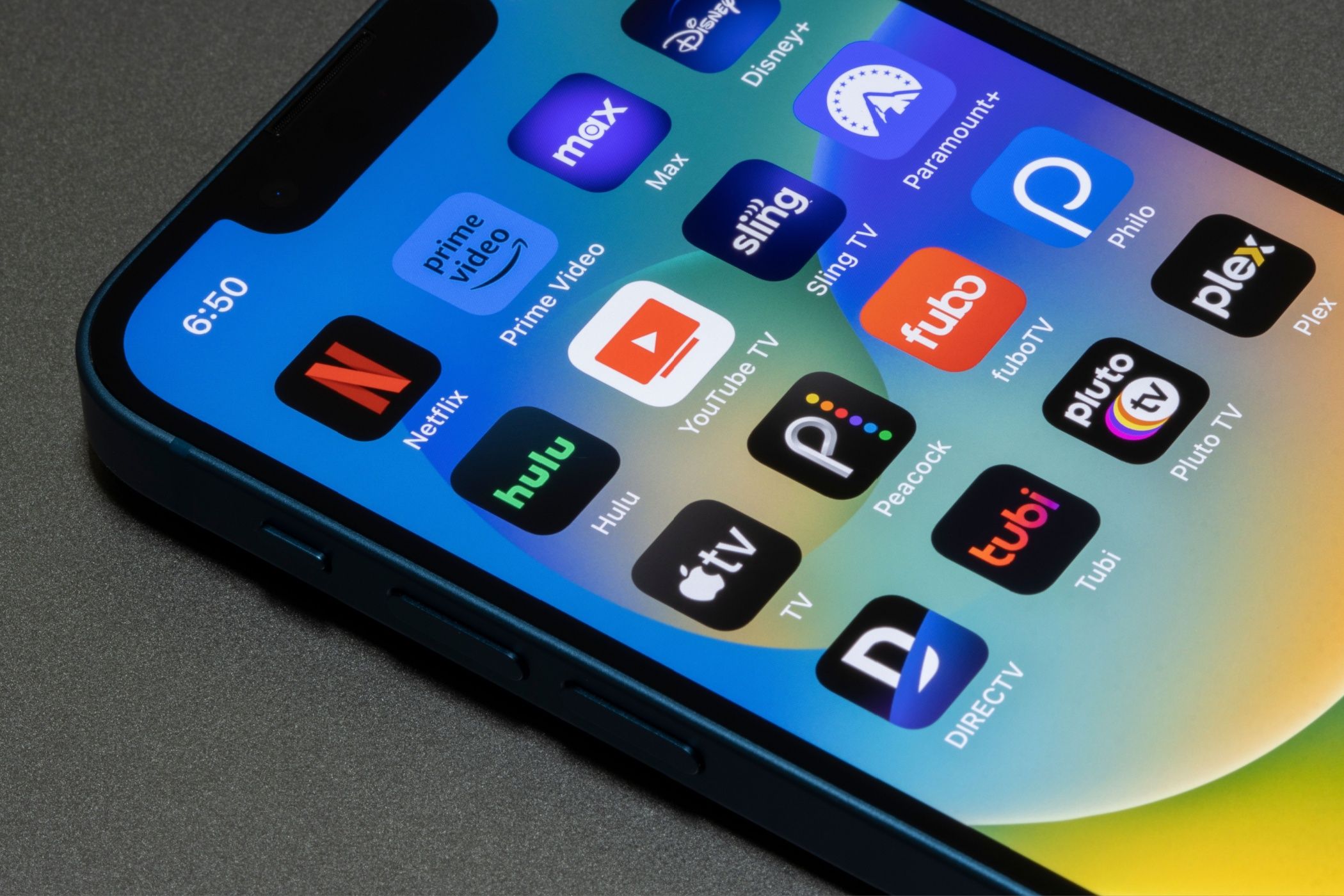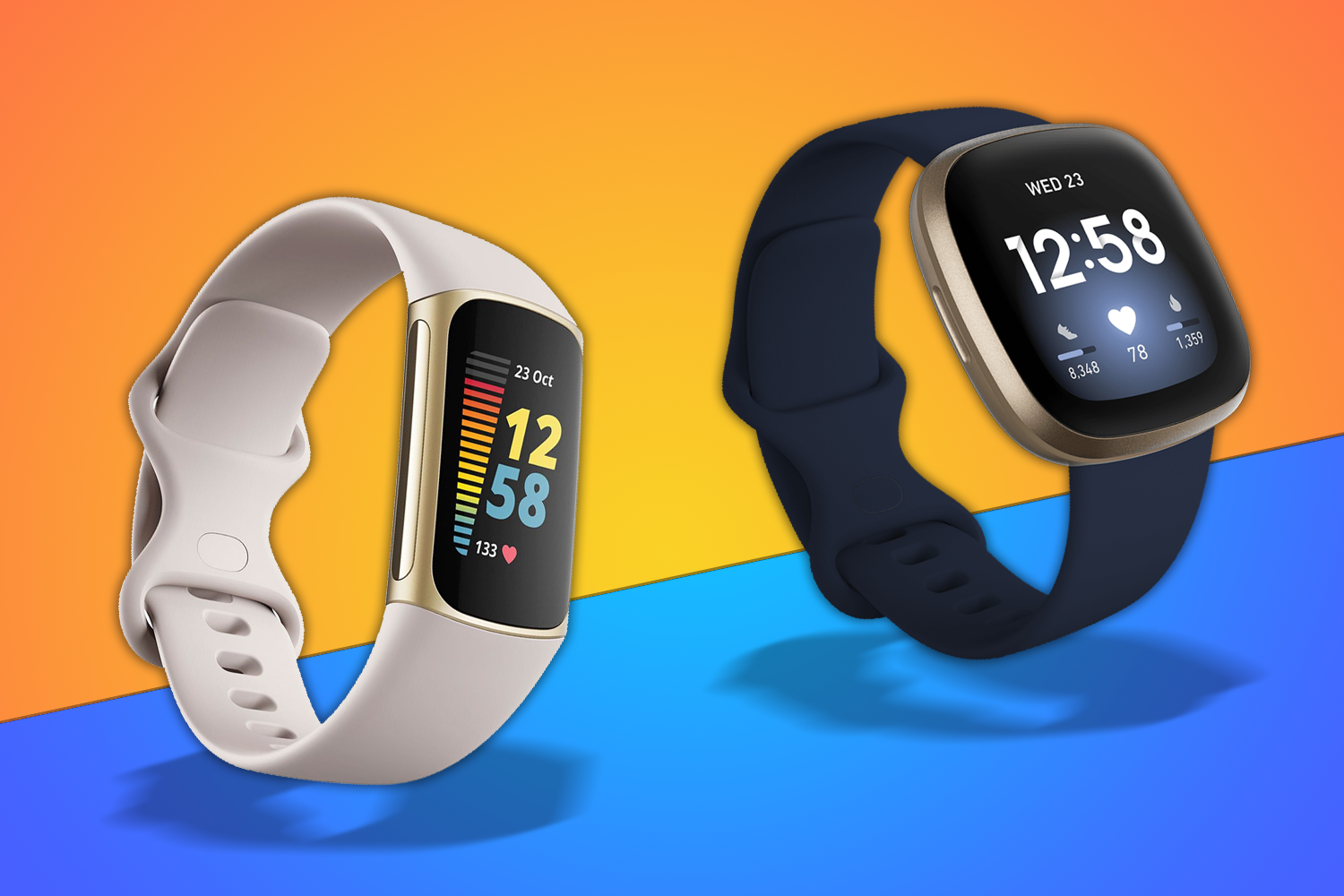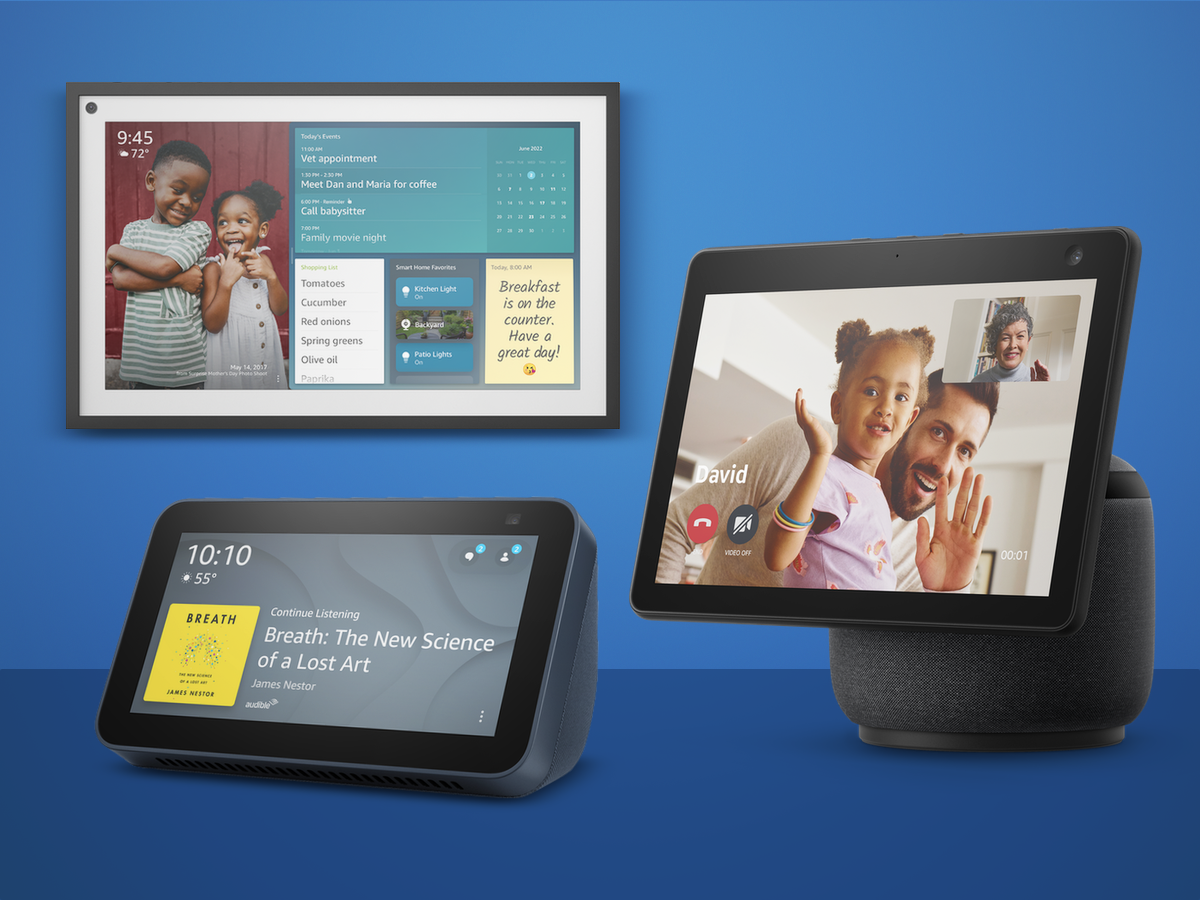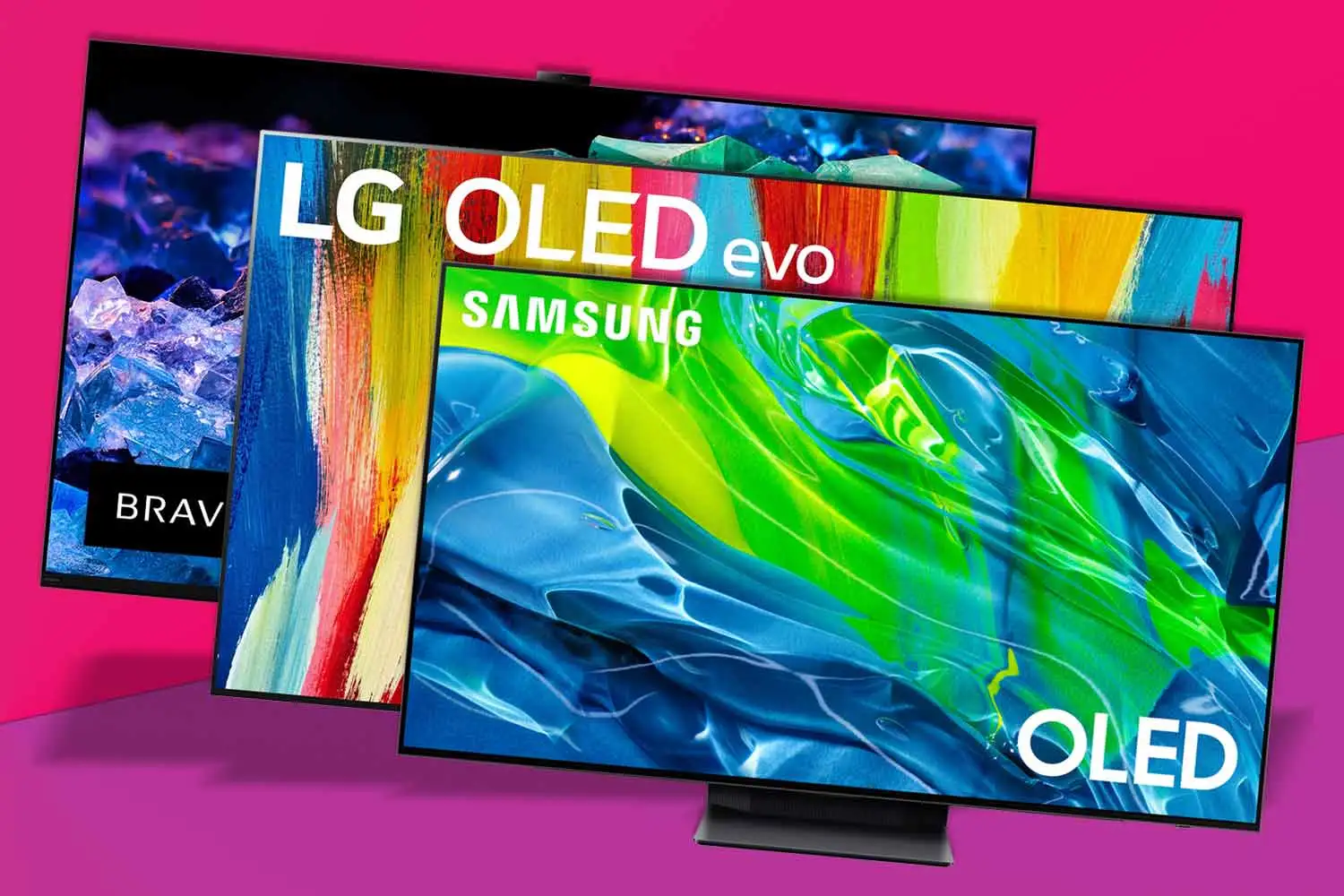The covers have officially come off the iPhone 16 generation. Each new iPhone model can usually be relied on to carve a spot near the top of any best smartphones list, and this year’s four have made meaningful improvements over their predecessors – but how do they compare against each other?
Until we get hands on with the iPhone 16, iPhone 16 Plus, iPhone 16 Pro and iPhone 16 Pro Max we won’t be definitively picking a winner. In the meantime there’s lots to pore over from their respective spec sheets, though. Here’s what to expect when the four models go on sale on September 20.
iPhone 16
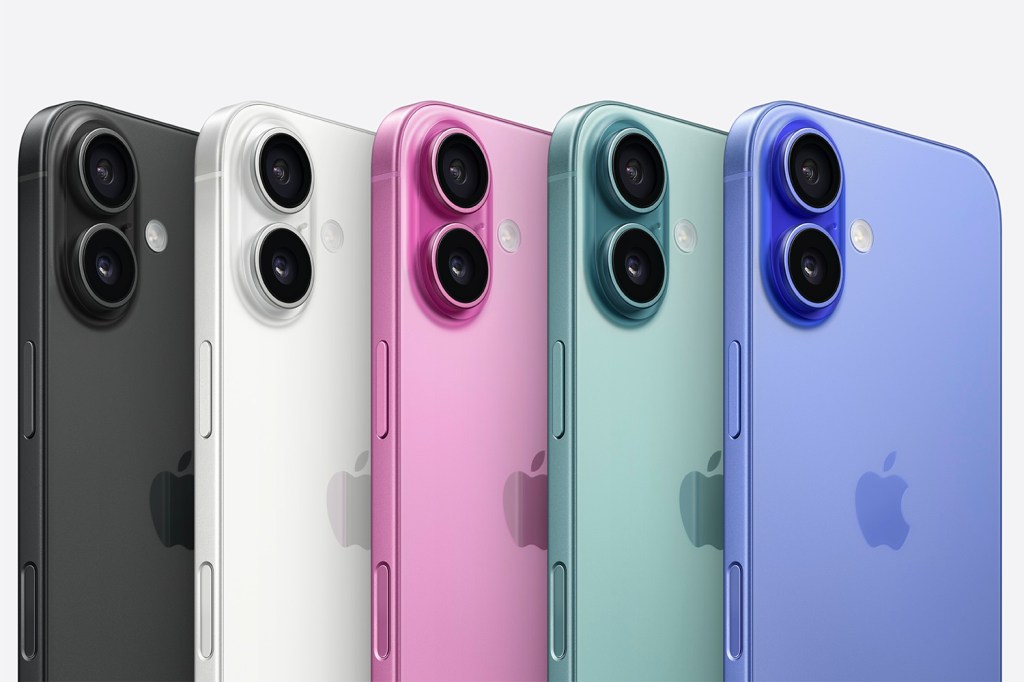
The everyman iPhone 16 lands with a 6.1in screen, just like last year’s iPhone 15. It uses the same Super Retina XDR display OLED panel, but ProMotion adaptive refresh rate remains exclusive to the Pro models. Peak brightness is pegged at 2000 nits, while it can drop to 1 nit for night time scrolling. Dynamic Island returns, with FaceID authentication.
Apple now uses 85% recycled aluminium for the iPhone 16’s central frame, and the handset is both water and dust resistant. The Ceramic Shield front glass is 50% tougher than the first-gen glass used on previous iPhones, and there’s a new materials mix for the colour-infused back glass. You’ll be able to snap one up in black, white, teal, pink and ultramarine hues.
The design has been tweaked with a rear camera layout that feels a little inspired by the iPhone X, with two lenses stacked vertically. It has a 48MP main snapper that claims ‘lossless’ 2x zoom shots, while the 12MP ultrawide lens has a significantly wider f/1.6 aperture for gathering more than twice as much light as the previous iPhone generation.
This year’s model brings the Action button over from the iPhone 15 Pro, for custom shortcuts and in-app actions. New for 2024 is Camera control, a touch-sensitive switch that recognises softer and firmer presses to perform different actions. It can launch the camera app with a press, then switch between zoom levels or aperture settings with a swipe.
Power comes from new Apple A18 silicon, which was made with AI in mind. This is a change of pace from the usual “use last year’s flagship chip” approach, likely to avoid a less-then-stellar showing once Apple Intelligence arrives. The second-gen 3nm chip has a 6-core CPU that promises 30% more performance than A16 Bionic; the 5-core GPU is 40% faster; and the 16-core NPU is twice as fast at chewing through AI-based jobs. And all while being more efficient, though Apple isn’t claiming dramatically improved battery life over the previous generations.
The iPhone 16 goes on sale on September 20, starting at $799 for a model with 128GB of storage.
iPhone 16 Plus


The larger mainstream iPhone brings back the 6.7in screen size of its predecessor, and should have a considerably bigger battery than the iPhone 16 (though Apple doesn’t like to talk specifics, so we could be waiting for a disassembly vid to know for sure). It makes the same 1-2000nit brightness claim as the smaller iPhone 16, and has the same screen tech.
It has the same A18 processor as the iPhone 16, and same storage options. Camera hardware is identical, and it’s launching in the same five colours.
Prices will start at $899 when the iPhone 16 Plus goes on sale, on September 20. That’s a $100 increase over the iPhone 16.
iPhone 16 Pro
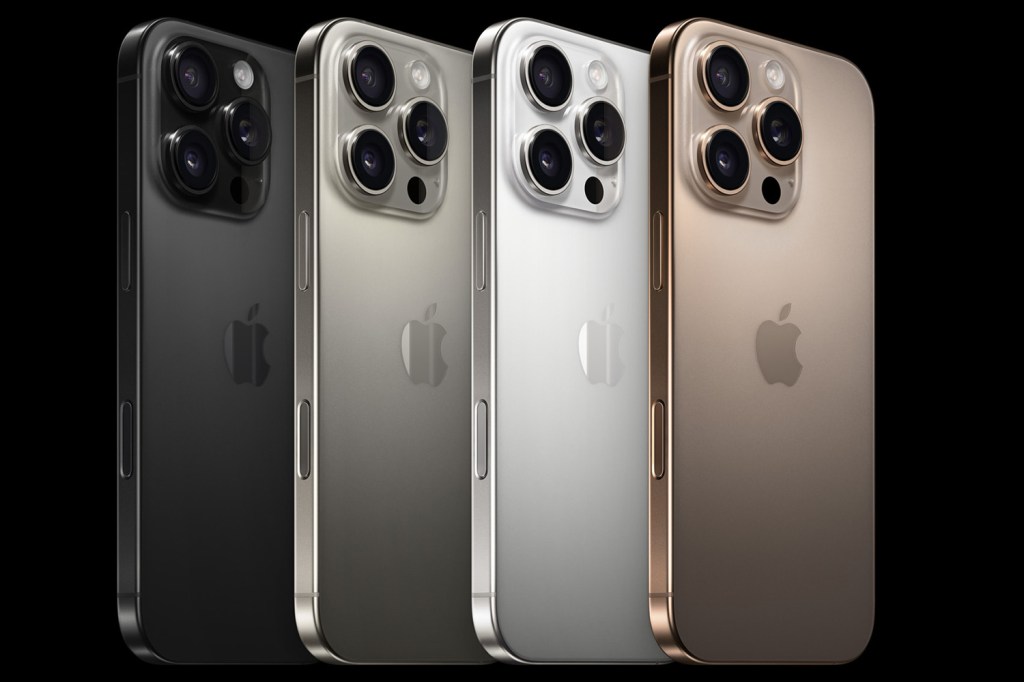

The iPhone 16 Pro arrives with a 6.3in screen, just like last year’s iPhone 15 Pro. It has the same OLED panel tech as before, with 120Hz ProMotion refresh rate and an always-on mode. Dynamic Island is present and correct, with FaceID biometrics.
It gets the newer, tougher Ceramic Shield glass seen on the regular iPhone 16, while its titanium frame has been microblasted for a more textured finish. It’s coming in Black, White, Natural and Desert titanium colours. Expect dust and water resistance, but a look that’s otherwise very similar to the outgoing model.
That includes the familiar three lens rear camera module, which here contains a 48MP main snapper, 48MP ultrawide and 12MP tetra-prism periscope telephoto good for 5x optical zoom. This year’s Pro models step up on stills with Photographic Styles, which can be applied before you press the shutter or after, and removed if you change your mind later. Video recording now maxes out at 4K/120fps, and you can take spatial photos as well as videos for playback on a Vision Pro headset.
Inside, a new A18 Pro chipset brings a 16-core neural engine, 6-core CPU and 6-core GPU that Apple reckons is the ‘fastest of any phone’ while using less power than the previous generation silicon. Officially the iPhone 16 Pro delivers 27 hours of video playback, up from 23 hours on the iPhone 15 Pro – a 17% boost.
The iPhone 16 Pro launches at $999, for the 128GB storage model. It’ll start shipping from September 10.
iPhone 16 Pro Max
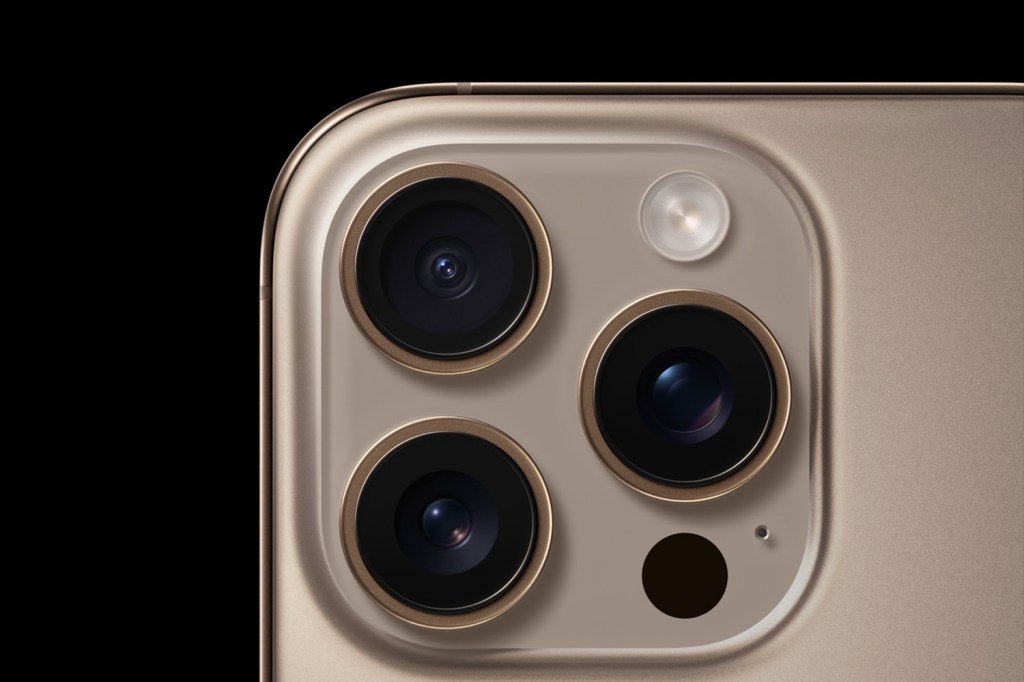

The newest big daddy iPhone is the first in Apple history to get a 6.9in screen. The slimmest bezels of any Apple device mean the iPhone 16 Pro Max hasn’t grown to ludicrous proportions, but it’s still an absolute hulk of a handset.
It no longer has the edge on cameras over the smaller Pro iPhone, as both models now have the same 5x telephoto camera. You’re looking at 48MP sensors for both the main and ultrawide, while the telephoto sticks with 12MP.
Battery life is the biggest reason to go Max this year. According to Apple, it should last 33 hours of continuous video playback – a 14% boost over the iPhone 15 Pro Max, which managed 29 hours.
Storage starts at 256GB here, a step up from the 128GB seen on the smaller Pro. It’s launching at $1199, which is a $200 increase over its little brother.
Initial verdict
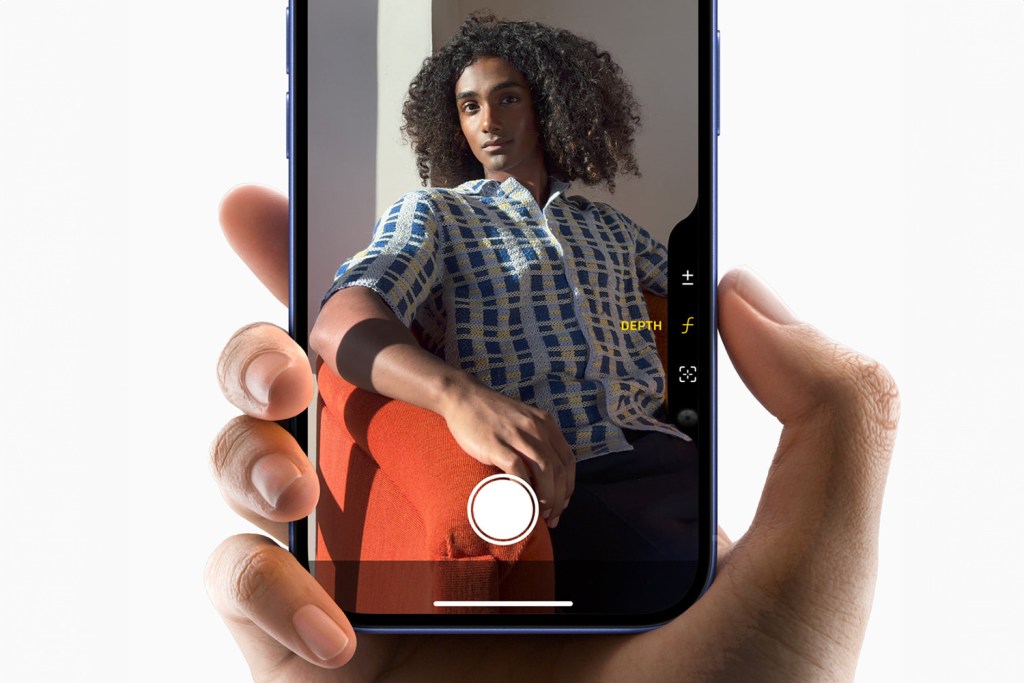

Now that Apple has brought the Pro Max telephoto camera to the smaller iPhone 16 Pro, it seems the only reason to buy big in 2024 is if you genuinely need the extra screen space. The iPhone 16 Plus and iPhone 16 Pro Max have bigger batteries than their smaller siblings, and the latter comes with more storage as standard, but otherwise there’s little to separate the iPhone 16 models.
Until a hands-on review suggests otherwise, the iPhone 16 seems like a safe bet for most Apple fans; the uprated cameras and slick physical controls could make it a capable snapper, while the new chipset should be able to handle Apple Intelligence when it arrives in a later software update.
Photographers and power users will gravitate to the iPhone 16 Pro; it has the same 5x zoom camera as the Pro Max, same A18 Pro chipset, and same exciting new hardware controls as the rest of the range.

